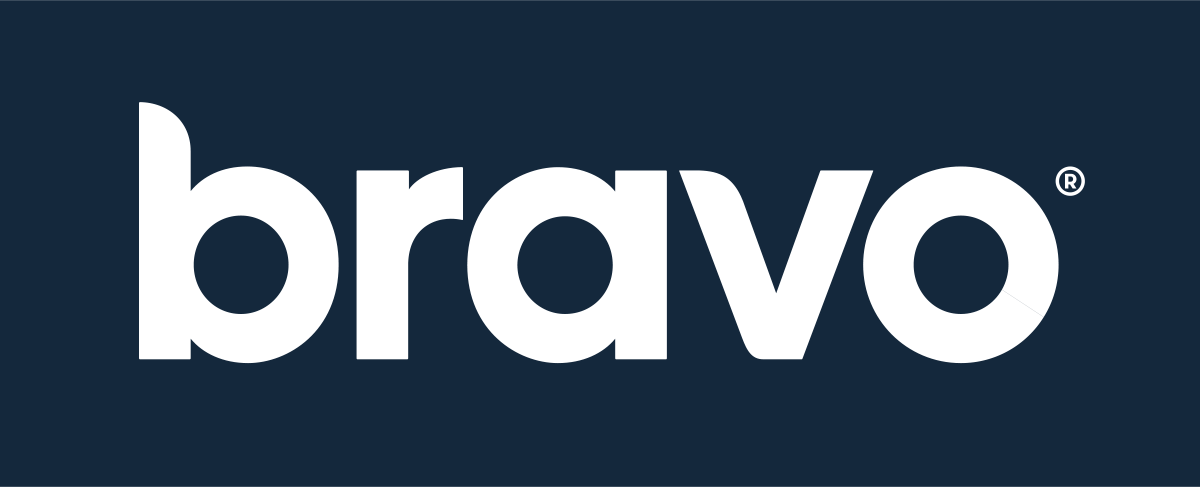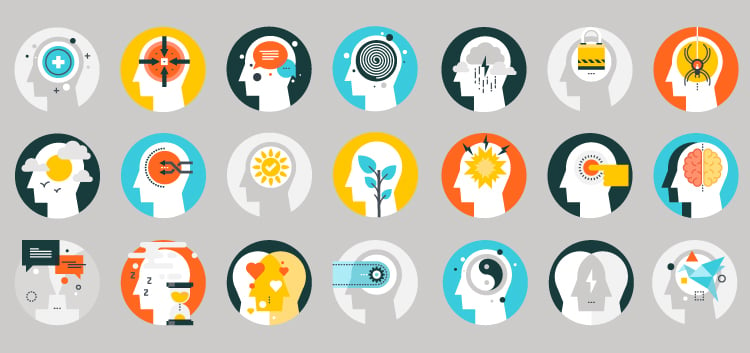You’ve heard of workplace wellness programs. Your company probably even has one in place. Without question, they’re a significant investment, and they can either pay major dividends or be a major waste of time and money.
Traditionally, most wellness programs are focused on physical health indicators, such as exercise, BMI, blood pressure, cholesterol and tobacco cessation.
These indicators are, of course, important to an employee’s overall wellness, but physical wellness is only a piece to the entire well-being puzzle.
What happens when an employee’s biometrics are within healthy ranges, but upon a deeper assessment, that employee is extremely stressed, has a negative outlook, and feels completely unfulfilled?
What about an employee who is struggling with their physical wellness but can’t focus on getting healthier because it’s not their biggest concern? While it can be hard to see on the surface, this employee needs support in other well-being areas before she can work on her physical health.
Because of examples like these, wellness programs need to grow in depth, emphasis, and personalization.
Mental, Social and Financial Health: Vital Components to Effective Organizational & Corporate Wellness Programs
Simply put, wellness programs that only focus on physical health miss the mark when it comes to helping employees realize their potential and live a fulfilling life, personally and professionally.
Organizational and corporate mental wellness programs that consider individuals’ social, mental and financial health truly help employees achieve personal betterment and help you create a sustainable culture of wellness.
Only when a wellness program is all-encompassing and configurable can employees identify and release what is holding them back in life, gain a new perspective, and focus on becoming the best version of themselves.
Too taboo for the workplace? Absolutely not. Your role is vital in debunking stigmas & getting employees the support they need.
As an employer, you play a crucial role in your population’s overall well-being.
The productive discussion around mental health is gaining ground but still, mental health can be a taboo subject, especially in the workplace.
Maybe that’s because competition, hustle, ladder climbing, and the fake it ‘til you make it approach are always at play in the workplace, dominating (or should we say clouding) an employee’s professional mindset.
Factors like these can make anyone struggling with a personal issue conceal their real feelings and mental state to hold tight to their coveted reputation or position.
Social and financial topics tend to also be viewed as taboo, so employees hardly ever receive support in these areas either.
Any organization that doesn’t open the dialogue and provide support in these vital areas is missing vast opportunities to improve employees’ lives – an investment that rewards your company with a stronger culture, higher productivity, and healthier employees.
Would a tool that better helps your employees manage their unique wellness struggles and/or desired wellness goals prove advantageous in your organization?
Learn more about Cleveland Clinic's Coaching programs that address both physical and emotional well-being:
|
Employee Health Coaching Email-based health coaching from Cleveland Clinic helps employees achieve sustainable health improvement. |
Mental Health Coaching A new Cleveland Clinic Coaching program that is designed to address and improve employees’ emotional well-being. |
How to Promote Mental Health and Well-Being in the Workplace
Did you know that over half of employees say they’d feel more motivated and more likely to recommend their organization as a good place to work if their company took action to support the mental well-being of its employees?
Furthermore, extensive research has been done on the link between mental health and the workforce, and reports show that untreated mental health issues are costing employers billions each year through consequences like absenteeism and lower productivity.
Wellness programs are more than a nice job perk and have become an essential tool for sustaining a positive, thriving culture, encouraging emotional and intellectual engagement, and creating a more resilient, productive workforce.
Above all, when implementing a wellness program at work – especially one that goes beyond physical wellness – you must consider how much time your population spends at work. It’s safe to say that the organizations we work for have a significant impact on our quality of life.
Promoting mental health and well-being in the workplace starts with you and your entire leadership team. Here are five tips to get started.
1. Creating awareness
Break the silence and stigma by talking about mental health, sharing stories, educating your staff, and inviting speakers and third-party services to employee meetings and events. There’s a lot you can do to create awareness, get people thinking and talking, and jump-start engagement, but it’s important that each method works to empower employees.
2. Encouraging an open and ongoing dialogue
The importance of transparent communications when promoting a cultural shift to acknowledge mental, emotional, and financial health is monumental. No matter how effective a wellness program could be, your employees must feel safe and comfortable before they engage.
3. Improving working conditions
Encourage self-care, mental health, exercise and non-judgmental speech during work hours. Allow employees to work where they feel productive and inspired. Provide employees with alternative areas to hang out or conduct business in. Allow employees to take a break and get out of the office when they need to.
4. Implementing a holistic wellness program and employee assistance program (EAP) at work
When you know you want to offer your workforce unparalleled support in areas outside of their career path, implementing the right wellness program and EAP that is comprehensive and go beyond physical wellness initiatives – such as offering financial workshops, mindfulness courses and even mental health coaching to improve employees’ emotional and mental health – is essential. Look past traditional plans and one-size-fits-all programs; your workforce deserves all-encompassing well-being support.
5. Routinely monitoring and adjusting
Once the elements of your organization’s EAP has been constructed and integrated with a robust wellness program, gaps and inefficiencies will come to light. By monitoring and collecting employee feedback, and molding the program to your company’s and employees’ exact needs, it will prove to be one of your organization’s healthiest and most valuable assets – driving everyone and everything forward.
Do you have an EAP that is underutilized? Learn how to implement an effective EAP and overcome EAP underutilization.
Ready to take action?
Every employee’s journey to a healthier mental, physical and financial state is unique and should be treated as such.
At Bravo, we consider the multiple dimensions of your workforce – physical, emotional, social, spiritual and intellectual – and work hand-in-hand with your team to tailor a program for your culture and employees’ needs so that healthier practices and norms can take root in your culture and on an individual basis.
Learn more about our process of designing wellness programs that reduce health risks and costs, and how we ensure each one of your employees is receiving the support they need to live a happy, prosperous life.



